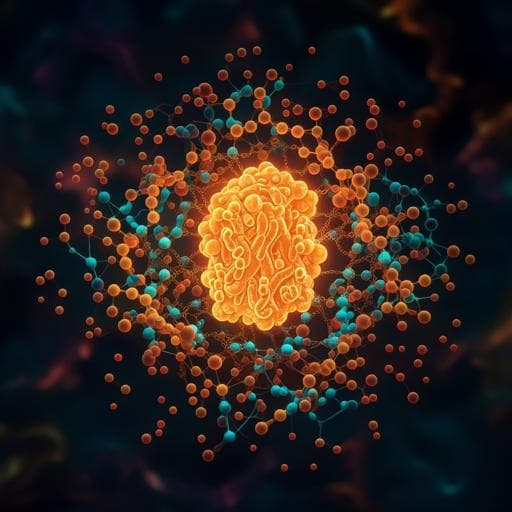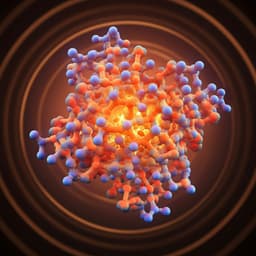
Chemistry
Structure- and computational-aided engineering of an oxidase to produce isoeugenol from a lignin-derived compound
Y. Guo, L. Alvigini, et al.
Discover how researchers engineered a bacterial eugenol oxidase to effectively convert lignin-derived 4-n-propylguaiacol into isoeugenol, a sought-after flavor molecule. This exciting study led by Yiming Guo and a team from the University of Groningen and University of Pavia highlights innovative mutations that enhance enzyme stability and activity for scalable production. Dive into the world of biocatalysis!
~3 min • Beginner • English
Related Publications
Explore these studies to deepen your understanding of the subject.







